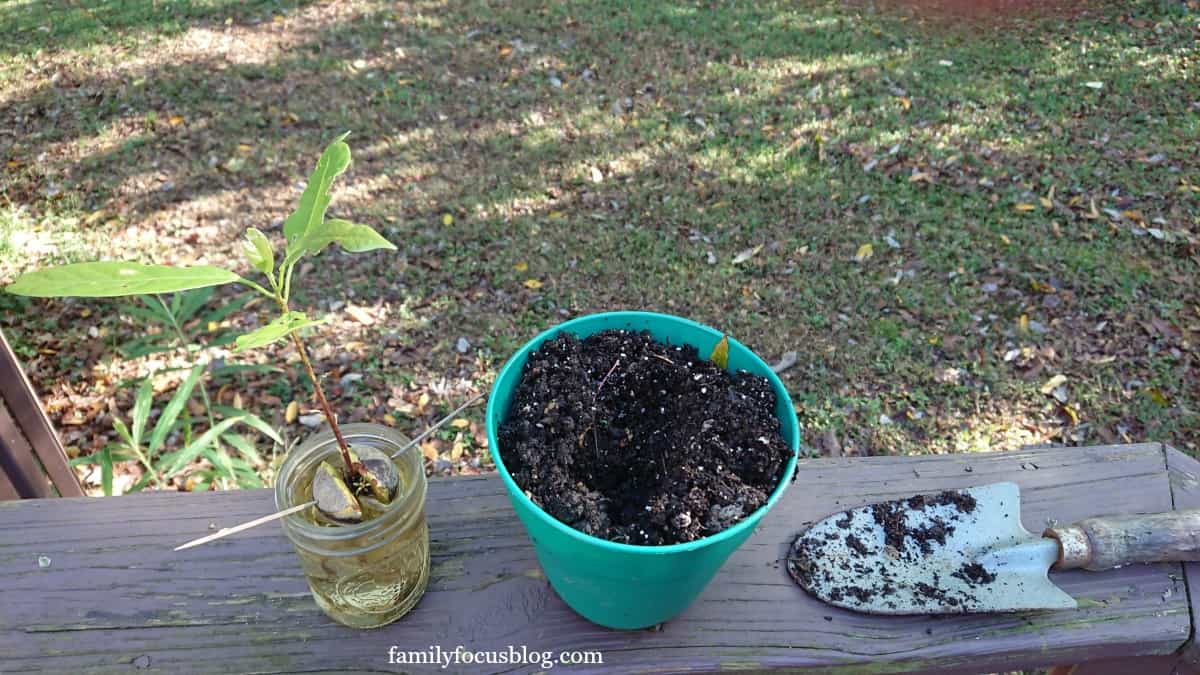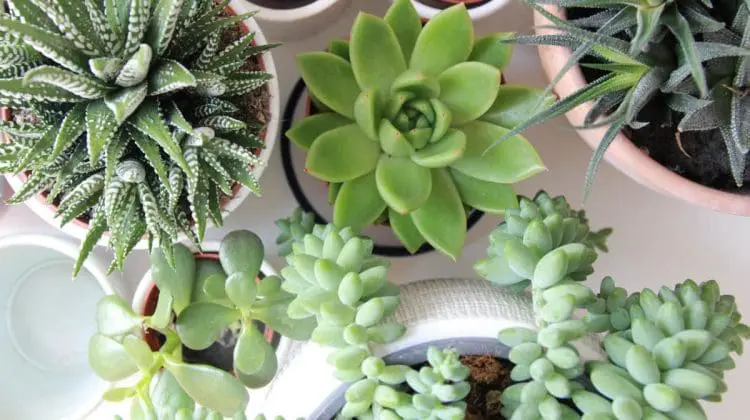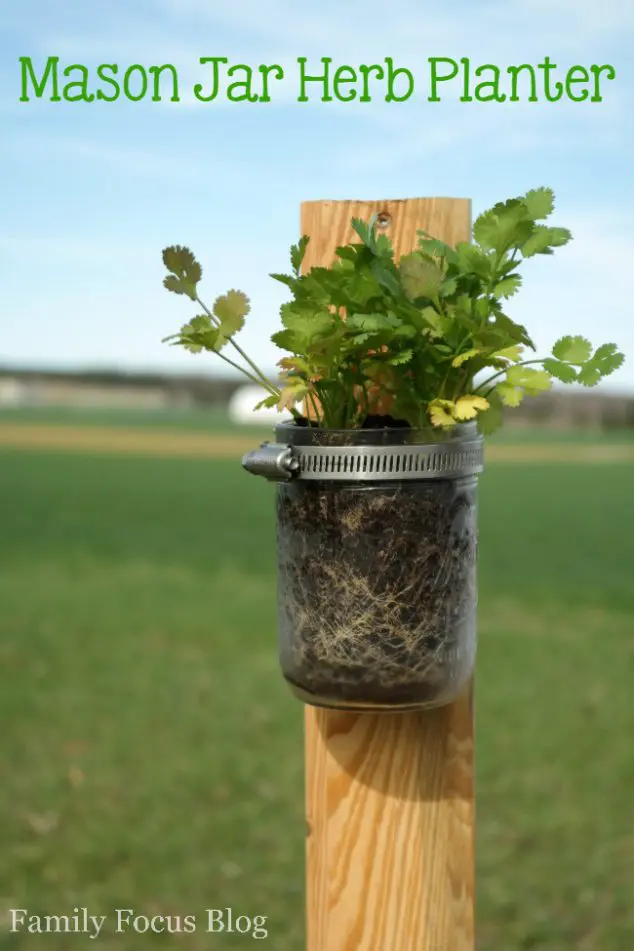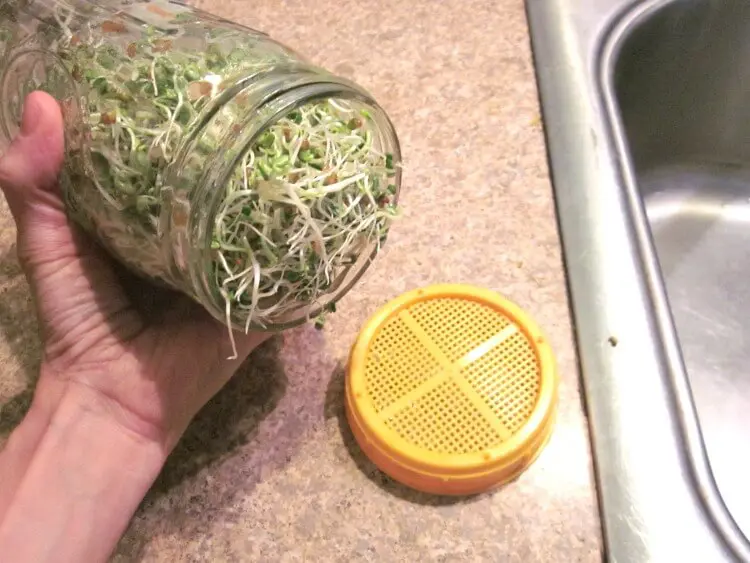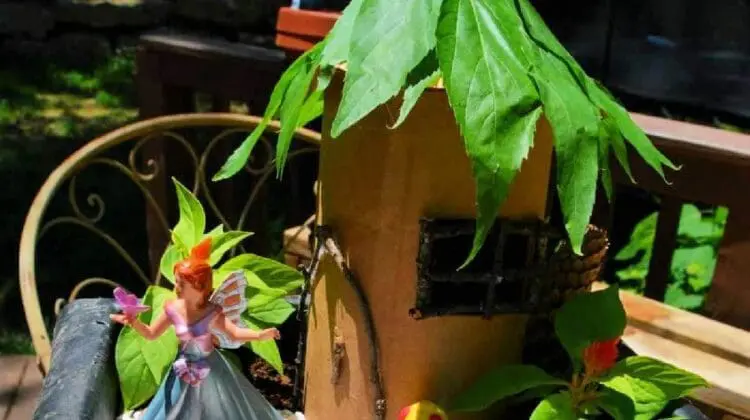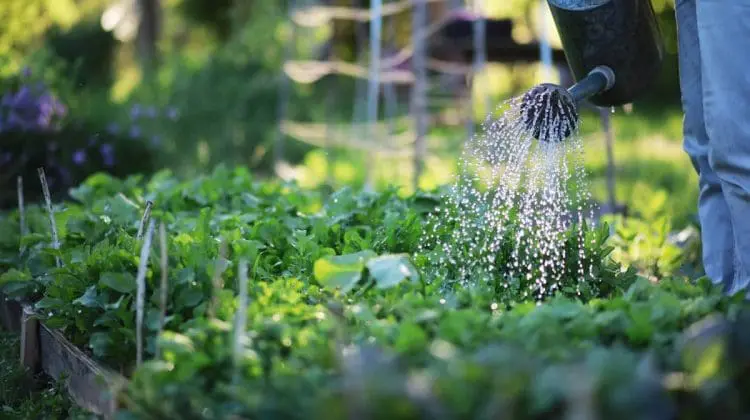Want to know how to plant an avocado seed in water? It’s easy! It’s hard not to love avocados with all of the amazing benefits these delicious fruits have to offer. I love avocados for everything from improving my skin with an Avocado Honey Facial to enjoying it in my favorite guacamole avocado recipe, and […]
gardening
Low Care Houseplants for Beginners to Enjoy
Plants are so good for us! Just the thought of an indoor garden makes me happy. Plants help people relax and feel good. While horticulture is predominately an outdoor hobby, it’s not difficult to grow plants inside the home throughout colder, winter months. Consider bringing air-freshening, natural life to your home interior with healthy houseplants. […]
DIY Mason Jar Planter: Create Your Own Herb Garden
Here in Michigan the weather is finally warming up during the day and staying warm enough at night that we can really start our garden. Until recently it was still getting so cold at night that the plants weren’t safe outside. This year we are starting a pallet garden with many vegetables. While we love […]
The Many Benefits of Planting Flowers
The growing season is upon us. Did you know that the simple act of planting, tending, and growing flowers can have minor and major benefits to every family? With just a bit of soil, seeds, and perseverance you can obtain the educational, social, environmental, and health benefits of planting flowers. I loved to help my […]
How To Grow Sprouts: An Easy Step-by-Step Guide
Growing your own sprouts is a great way to add fresh greens to your diet. You can’t get any fresher than sprouts that you grow yourself which means the sprouts are going to be packed full of fresh enzymes and nutrients such as vitamins, minerals, amino acids, and phytochemicals. A great thing about sprouts is that everyone […]
Unconventional Fairy Garden Ideas To Spark Your Imagination
Are you ready to add a touch of magic to your outdoor space? If so, it’s time to explore some unconventional fairy garden ideas that will ignite your imagination and help you create a wondrous fantasy world in a miniature garden. From fairy garden houses to succulent fairy villages, get ready to dive into a […]
5 Tips For A Healthy Garden
A garden is a significant highlight of the outside of a house and even influences its selling value. Gardens are ideal as they add aesthetics to a home, but remember that a well-cared-for garden nursery doesn’t just appear out of thin air. Your plants must be well cared for in order to grow, bloom, and fruit […]

